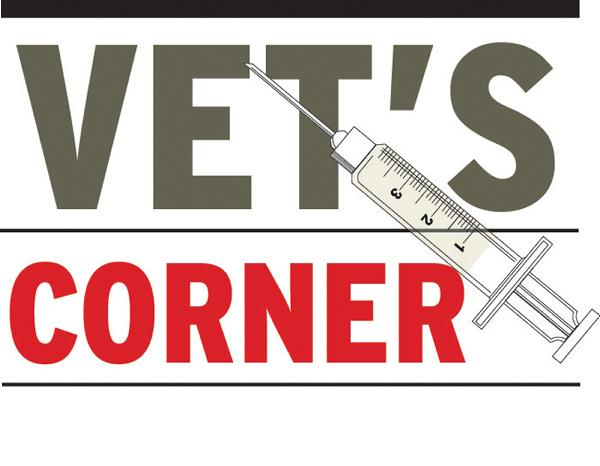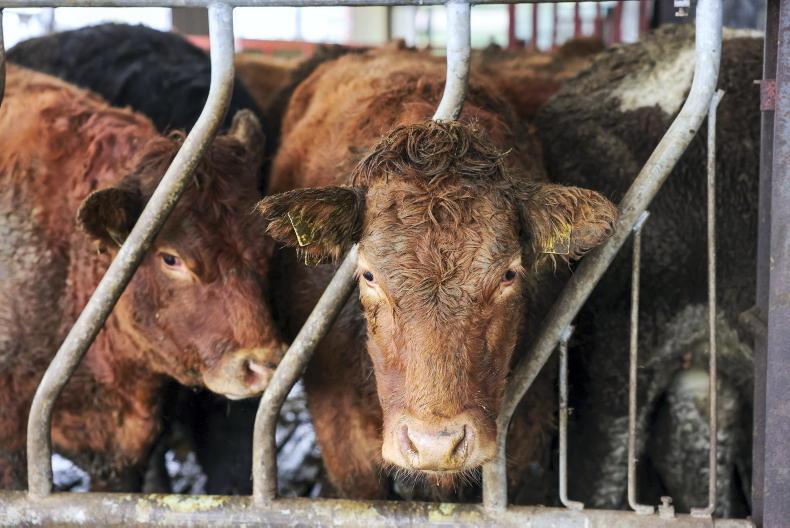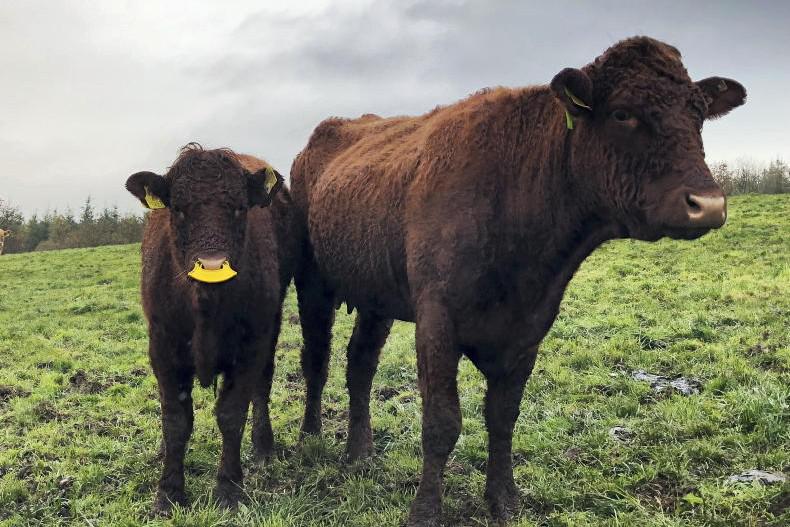While on two different farms recently I was asked for an opinion on severe itch in cattle.
One farm had a group of weanlings with hair loss and skin lesions due to scratching. The farmer had used a pour-on on three occasions over the winter to control lice with no improvement in clinical signs. The second farm was a pedigree suckler herd where practically the whole herd was affected with severe skin lesions and hair loss. A lot of these cattle had secondary bacterial infections in the skin as a result of the severe scratching. The cattle had been treated with a generic ivermectin pour-on three weeks previously with no apparent effect on the itching. In both herds, thrive was affected by the itching.
Lice and mange mites are the two main parasites that cause itching in cattle. In the early stages of infection, clinical signs are similar with scratching and licking of affected areas. As the infestation becomes more severe, mange will lead to more intense itching and hair loss than lice. This is because the mange mites burrow into the skin and reproduce there whereas lice live and feed on top of the skin. Adult lice are quite easy to see on the skin if the hair is parted and their eggs will be attached to the hair near the base.
Mites on the other hand are not visible to the naked eye and require skin scrapes to be taken and examined under a microscope for accurate diagnosis.
Two types of lice are seen in cattle – sucking and biting. Mixed infestations are common and it is important to use a product that kills both types. Our relatively mild winter has led to a large burden of lice on cattle as they reproduce rapidly in warm moist conditions. There are three main species of mite that affect cattle in Ireland. All three cause similar signs but it is important to distinguish the mite present in a particular herd as not all mange treatments are effective against all three types. Treatments for lice and mange include injectable/pour-on drugs and topical sprays.
If you suspect mange or lice infestation it is advisable to speak with your vet regarding diagnosis and treatment. Anecdotally there is evidence of resistance developing to some lice and mange treatments which makes correct diagnosis and choice of treatment even more important.
Harry Ferguson works at Longford Animal Health Centre, Cooleeney, Shroid, Co Longford. Longford Animal Centre is part of XLVets. XLVets is a group of progressive practices who are working together to achieve a better future for agriculture and veterinary in Ireland. Visit www.xlvets.ie










SHARING OPTIONS